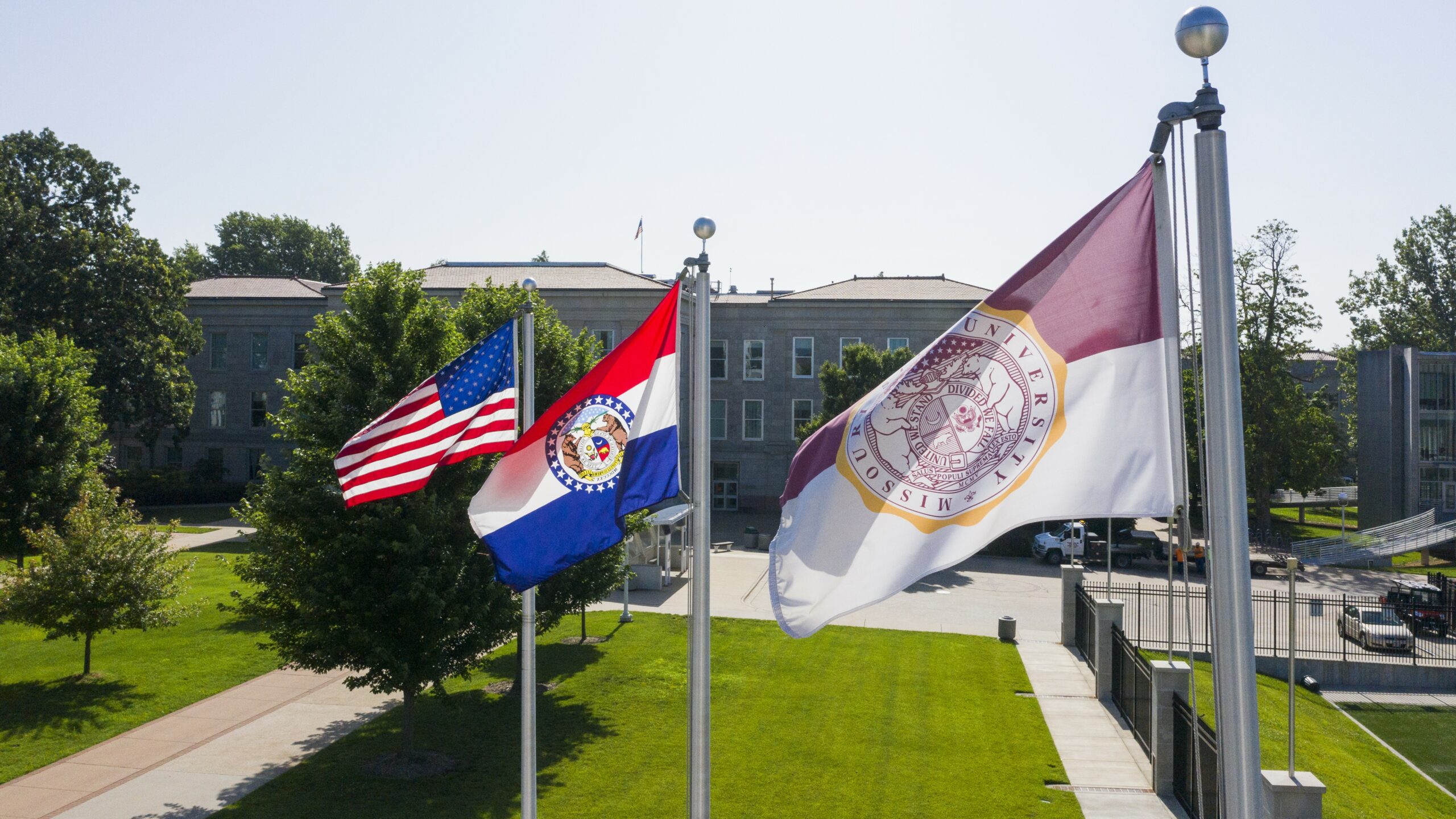“Some of the most exciting innovation in higher ed is going on at community colleges, especially around workforce preparation. That’s great for America. It’s really important in the COVID moment. But the problem is we don’t know how broad or how deep it is,” says Tamar Jacoby, president of Opportunity America.
Jacoby says it’s important to know which community and technical colleges work closely with employers, offer short job-focused programs, and stackable credentials.

To that end, Opportunity America is conducting a nationwide survey in partnership with Lumina Foundation. More than 1,260 community and technical colleges have been invited to participate.
“If we’re going to help people make the case about why these kinds of programs are so essential, we need better data to show people the numbers of students who are actually pursuing these kinds of credentials and the incredible value these credentials represent, not just to them and their families, but to the employers who we need to help get back on their feet, as well.” This from Chauncy Lennon, vice president of learning and work at Lumina, in taped remarks about the survey’s launch.
The partnership urges all these colleges make their voices heard and has launched a #BeCounted social media campaign to reach them.
Be counted! Help state and federal policymakers understand how community colleges are helping put Americans to work. Visit https://t.co/4p59hRZUdW to participate in a national study by @opp_america and @luminafound. #communitycollege pic.twitter.com/VU7UPYMxnk
— Opportunity America (@opp_america) November 17, 2020
What Role is Community College Playing in the Local Workforce?
All participating schools will receive data benchmarked against all other schools that responded to the survey. Jacoby offers a hypothetical example, “If I’m a community college and I’m embedding certifications in courses 5% of the time, and I learn the nationwide average is more like 11% of the time, then I’m going to say to myself and my president is going to say to me, ‘We better hurry up and catch up.’”
How funding will be allocated by state legislatures is another reason this data has so much significance, according to Jacoby. “As the nation recovers from COVID, community colleges can be positioned to be a huge part of the economic recovery by preparing people for the world of work.”
“But that won’t happen if they don’t have enough money to do it. What we’re trying to do is lift up the great work that we think is being done across the country so that lawmakers will know about it.”
States are Looking for Information for 2021 Funding
Jacoby notes that 12 states are requesting preliminary findings in order to present the data to their state legislators in January. If 60% of those states’ schools complete the survey by December 1, Jacoby says the data for the individual states will be available.
Employers and learners also need to know the valuable resources provided by community and technical colleges, says Jacoby. “Think of [community and technical colleges] as the place to go for the kind of upskilling and reskilling, that’s going to be needed in the years ahead.”
“Employers will know when they need to train their workers to work on a new machine because the old machine got replaced because automation is going so much faster, they’ll think of going to the community college. And when the mid-career adult who is out of work thinks, ‘What am I going to do now? Where am I going to go to get a new skill?’ – they’ll think of the community college.”
The study, according to Jacoby, is scheduled to close at the end of the year. The full findings are expected to be released in the spring 2021.
“The key to 21st century workforce education, as opposed to the old times that didn’t work very well, is collaboration. Most importantly collaboration between the educational institution and the employer. But we’re in a moment of a kind of a revolution,” says Jacoby.
“Over 1,200 colleges need to be sharing more information about what they’re doing. And they also need to be partnering more with their public workforce system. The relationships on the web of institutions and players that need to be involved here is key. We hope to shine a little light on how that works and give schools the tools to do more of it in the future.”











